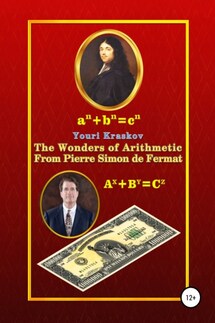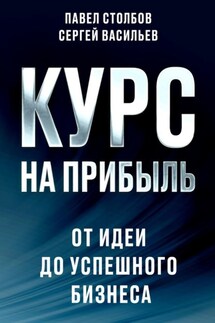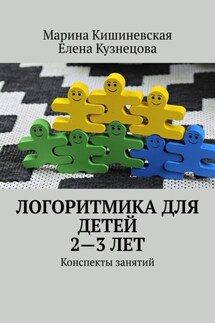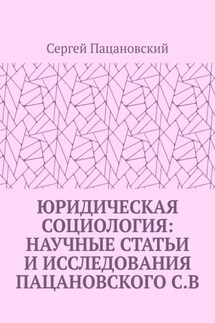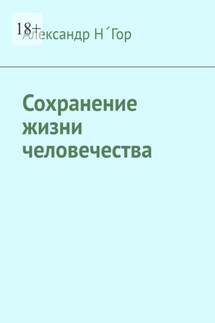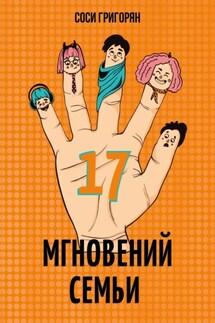The Wonders of Arithmetic from Pierre Simon de Fermat - страница 28
Pic. 27. Georg Cantor
And everything would be fine, but suddenly another trouble struck again. Out of nowhere in this very theory of sets insurmountable contradictions began to appear, which are also described in great detail in Singh’s book. In the scientific community everyone immediately was alarmed and began to think about how to solve this problem. But it has rested as on the wall and in no way did not want to be solved. Everyone was somehow depressed, but then they yet cheered up again.
It was so happened because now David Hilbert himself got down to it, the great mathematician that first solved the very difficult Waring problem, which has a direct relationship to the FLT. 21 It is also curious that Hilbert repeated Euler's experiment apparently inspired by the FLT problem. It seems that at some point Euler began to have doubts that the FLT is generally provable and he assumed the equation a>4+b>4+c>4=d>4 also like Fermat’s equation a>n+b>n=c>n for n>2 in integers is unsolvable, but in the end it turned out that he was wrong.22
Pic. 28. David Hilbert
Following the example of Euler on the eve of the 20th century, Hilbert offered to the scientific community 23 problems, which according to his assumption, are unlikely to be solved in the foreseeable future. Nevertheless, Hilbert's colleagues coped with them rather quickly, while Euler’s hypothesis has held almost until the 21st century and was only refuted with the help of computers, what is also described in Singh’s book. So, the suspicion that the FLT was merely an assumption of its author has lost any reason.
Hilbert had not cope with overcoming contradictions in set theory and could not do it because this problem is not at all mathematical, but informational one, so computer scientists should solve it sooner or later and when this happened, they are surprisingly very easily (and absolutely true) found a solution just forbidding closed chains of links.23 It is clear Hilbert could not know about it then and decided that the most reliable barrier to contradictions can be provided with the help of axioms. But axioms cannot be created on empty place and must come out of something and this something is a number, but what it is, no one can explain this not then nor now.
A brilliant example of what can be created with axioms is given in the same book of Singh. The obvious incident with the lack of a clear formulation to the notion of a number can accidentally spoil any rainbow picture and something needs to be done with it. It gets especially unpleasant with the justification of the “complex numbers”. Perhaps this caused the appearance in the Singh’s book of Appendix 8 called “Axioms of arithmetic”, in which 5 previously known axioms relating to a count are not mentioned at all (otherwise the idea will not past), while those that define the basic properties of numbers are complemented and a new axiom appears so that it must exist the numbers n and k, such that n+k=0 and then everything will be in the openwork!
Of course, Singh himself would never have guessed this. It is clearly visible here the help of consultants who for some reason forgot to change the name of the application since these are no longer axioms of arithmetic because already nothing is left of it.24 The school arithmetic, which for a long time barely kept on the multiplication table and the proportions, is now completely drained. Instead it, now there is full swing mastering of the calculator and computer. If such “progress” continues further, then the transition to life on trees for our civilization will occur very quickly and naturally.
